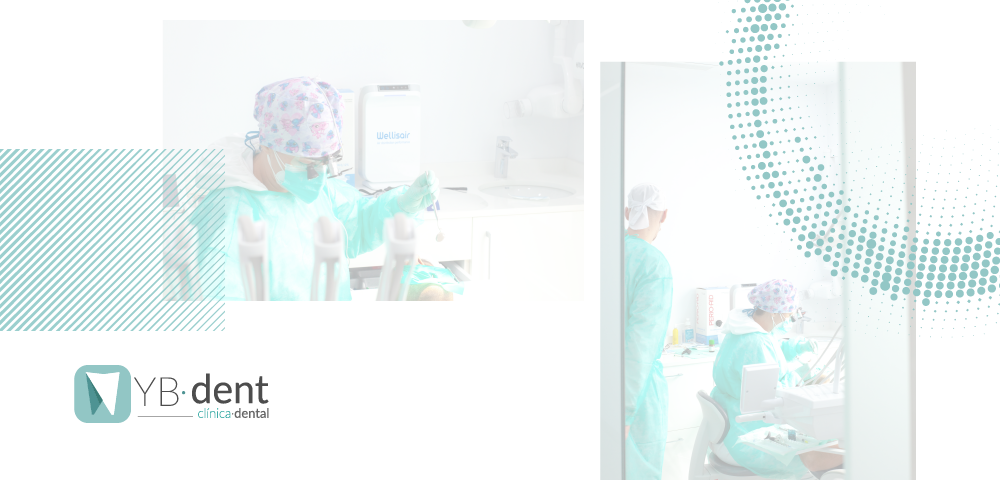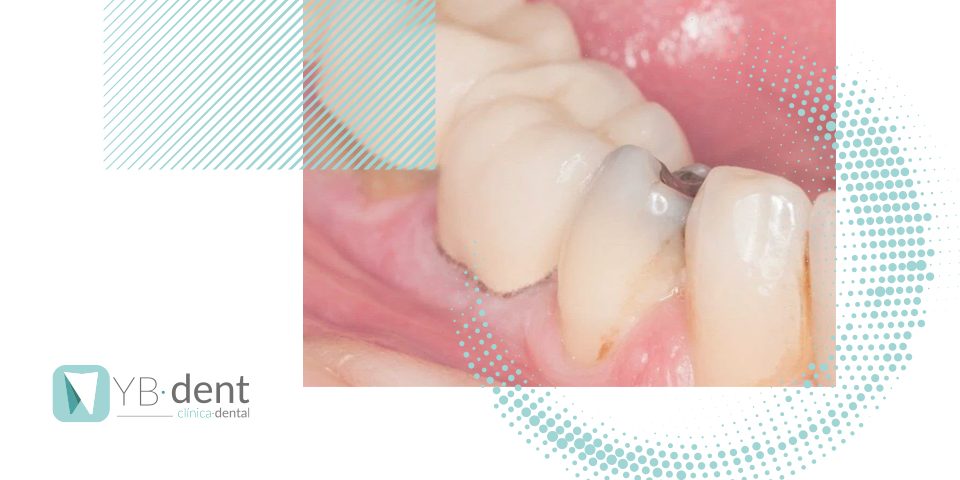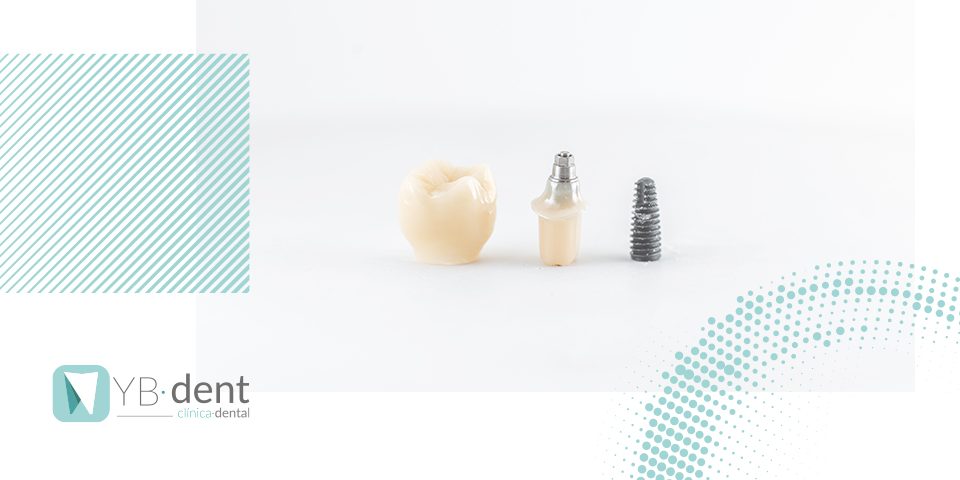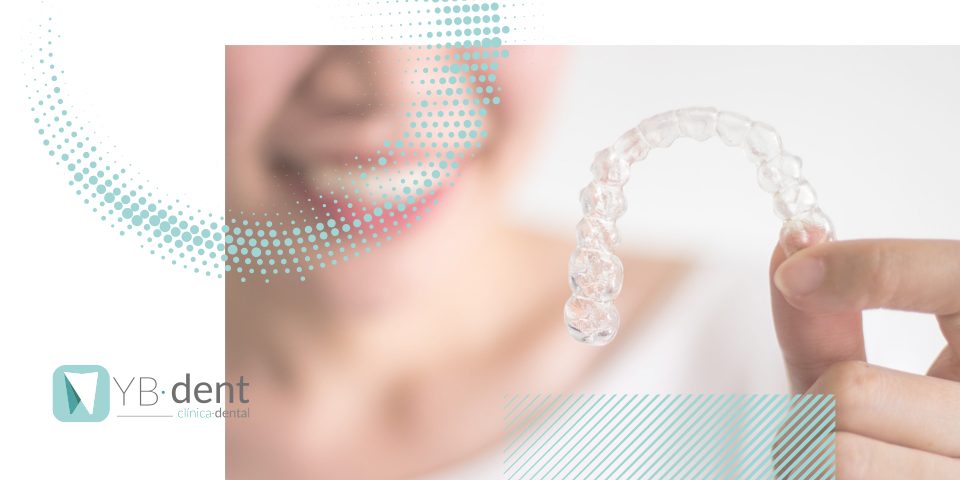Dentista de urgencia en periodo vacacional

La llegada del verano suele suponer largos periodos vacaciones con la familia y/o amigos gracias al buen tiempo y las fiestas que gozan la mayoría de trabajadores. Sin embargo, si estás de viaje o fuera de la ciudad donde resides habitualmente, sufrir una urgencia dental puede suponer un problema si no encuentras un dentista que esté disponible.
¿Qué se puede considerar urgencia dental?
Las razones que pueden llevarte a necesitar de los servicios de un dentista de urgencia son muy diversas, pero a grandes rasgos los podemos clasificar en dos grandes grupos: el primero correspondiente a un daño que es visible en los dientes o los tejidos que los rodean, normalmente producidos a raíz de un trauma o accidente y el segundo grupo que comprende los dolores derivados de problemas subyacentes, como las caries de los dientes. En las siguientes líneas os enseñamos algunas de las circunstancias o situaciones que es posible que requieran de la intervención de un dentista de urgencia:
- La pérdida de un diente o que este sufra fracturas o grietas.
- Accidente que provoque daño en algún diente o en cualquier otra parte de la boca
- Pérdida de una corona dental que se hubiese colocado o de un empaste
- Una infección de muela de carácter grave
- Dolor severo en los dientes por culpa de un impacto físico que no puede aliviarse con analgésicos o similares, aunque no se vea daño a simple vista
- Heridas en los tejidos labiales, de lengua o mejillas independientemente de que afecte a algún diente o no
En el caso de que se sufra una fractura dental que causa un leve dolor, a priori no será necesario que se considere dicho problema como una urgencia dental. Lo mismo puede decirse de dolores dentales que van aumentando lenta pero progresivamente, que es muy posible que supongan la aparición de una caries o inflamación de encías (lo que conocemos como periodontitis). En todos estos casos, lo recomendable es acudir al dentista habitual mediante una cita programada, pero no es necesario tener que acudir a una consulta de urgencia, que suele ser mucho más cara.
Cómo actuar ante una urgencia dental
Si sufres uno de los problemas dentales que veremos a continuación lo más recomendable es visitar un hospital cuanto antes para poder someterse a un tratamiento dental de urgencias. Los casos más relevantes para acudir sin demora son los siguientes:
- Dolor severo que no disminuye con calmantes o analgésicos
- Sangrado importante que no se detiene
- Pérdida de un diente
- Cambios drásticos en la forma o tamaño en los tejidos dentales
- Golpe importante debido a un accidente
- Inflamaciones de carácter grave
En el caso de tratarse de la pérdida de un diente, cuanto antes se reciba el tratamiento (lo ideal sería en torno a 30 minutos) mayores serán las probabilidades de que el dentista pueda reemplazar el diente con éxito y el tratamiento, en consecuencia, sea un éxito.
¿Cómo encontrar un dentista de urgencias?
Cuando hablamos de urgencias en horario laboral encontrar un dentista es muy sencillo pero si se está en periodo vacacional o un día festivo, esta búsqueda puede complicarse notablemente. Llamar a tu clínica dental habitual puede suponer una solución porque, aunque no esté abierta en ese momento, es posible que atiendan urgencias como es nuestro caso.
Pasar revisiones regulares en la clínica dental en Valencia YB·dent es una manera muy útil de evitar tener que verse en estas situaciones de urgencia al poder identificar los problemas dentales antes de que se conviertan en algo serio. Desde YB·dent estamos a tu disposición para cualquier consulta que tengas al respecto de tu salud bucodental.
Podrás encontrarnos en C/ Viver 25, 46020 Valencia. Además, nuestros teléfonos de contacto son los siguientes: 961 672 098 / 696 556 977



